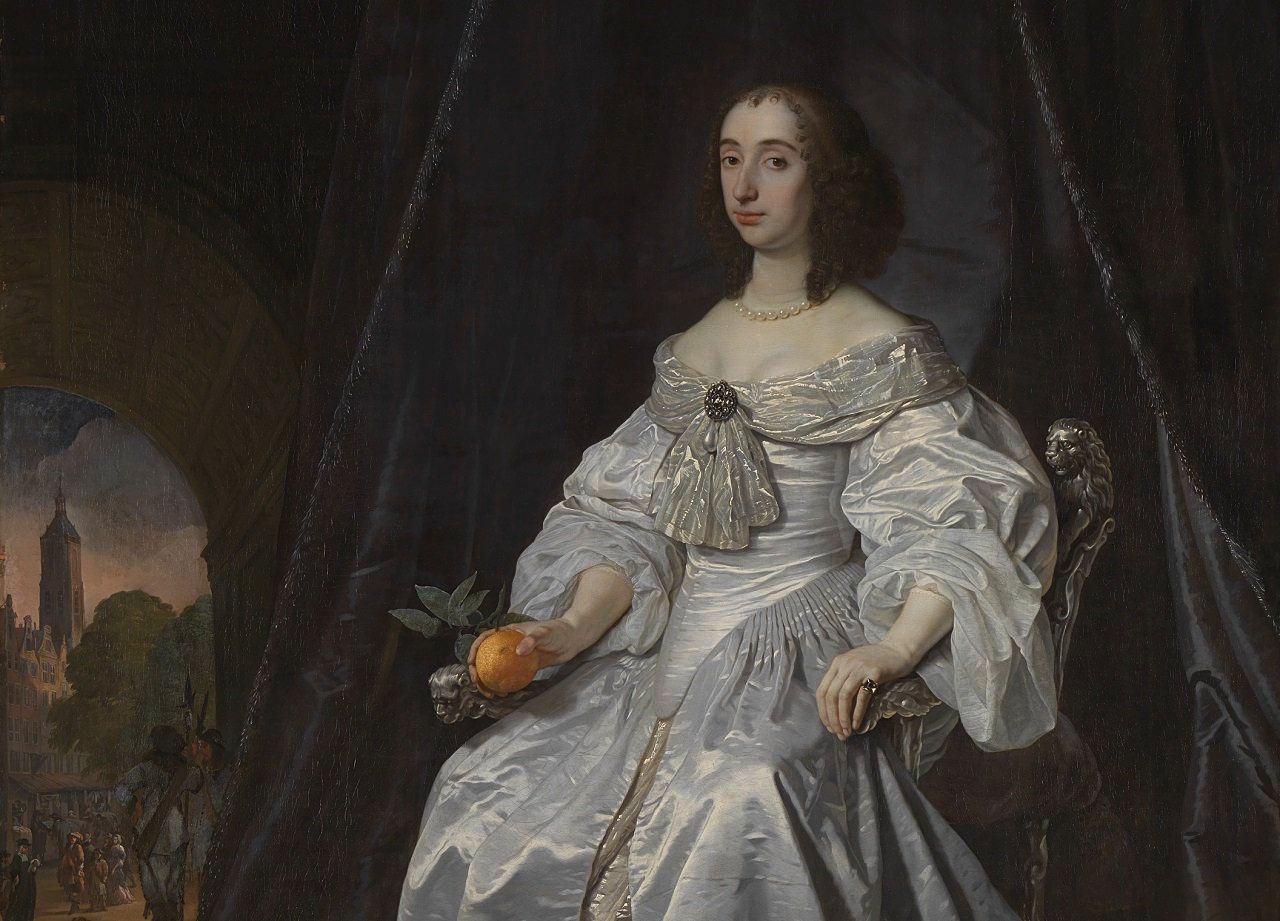Game of Houses: the secret power in European royal history
What happens when you look at family lines through matrilineal data instead of the fathers? You find a cool new way to appreciate history.

Let’s step back in time to late sixteenth century Europe. You live here and lucky for you, you’re part of a noble house which shields you from the struggles that characterise the experiences of most in the feudal system. By chance, you’ve been born into one of the most powerful houses whose lineage can be found throughout the monarchies of the continent.
But 🤫, no one talks about this house. Most people don’t think your house exists at all...
It’s a quirk of history that patrilineal lines are favoured over matrilineal ones. But the exciting fact of the matter is that, when we shift focus from thinking about father-son lines to exploring mother-daughter lines, the ruling elite of Europe becomes fascinating for a whole new reason.
Now I can’t take credit for this discovery. But I sure am excited about it!
The work done by Useful Charts is really worthwhile for revealing what we can learn when we look at old patterns with fresh eyes. This altered viewpoint cannot be underestimated as new perspectives have the chance to emerge as our assumptions are challenged.
Want to jump straight into all the details? This video has you covered.
Enter the House of Garsenda
It turns out that when you review the stemmas for European royalty following matrilineal lines, a house emerges that outshines the patrilineal lines we’re familiar with in both length and spheres of influence.
The line in question can be traced back through mothers and daughters all the way to a thirteenth century countess! Garsenda, Countess of Forcalquier lived c. 1180-c. 1242. She’s famous in her own right as a patron of Occitan literature, the vernacular of the region.
No one can fully anticipate the future, but Garsenda would likely be astonished if she had understood the depth of her legacy to come. The matrilineal line that can be traced from Garsenda opens up into a family that can claim to have placed more people on European thrones than any other.
The mother-daughter line can be traced from c. 1180 all the way to 2014! It was widely across Europe through the 16th to 18th Centuries and includes famed women of royalty including Catherine the Great and Queen Victoria. Yet this incredible achievement has largely been obscured by our usual perspective.
Understanding royal lines often means we take on the frames of reference used in the historical moment. Now, what follows is not an example from Garsenda's line! But, for example, Henry VIII saw himself as a Tudor. It was important that he did so because the practice of agnatic primogeniture meant that tracing his patrilineal line was crucial for making a case that he was a legitimate ruler. We tend to read the history from that perspective too – seeing Henry’s legitimacy as connected with his father.
Things are tough for noble women in this context. Let’s stick with Henry VIII’s family for a moment. In the mess after Henry VIII’s death, two contenders for the English throne came to the fore: Mary Tudor and Elizabeth Tudor. Mary claimed her right to rule through virtue of being the last surviving child of Henry VIII’s first marriage to Catherine of Aragon. Elizabeth claimed her right as the eldest child by Henry VIII and his second wife Anne Boleyn. The significant point here is that both women made claims to rule based upon their relationship to their father.
To understand royal history is to take on the perspective of the people of the period. To see the patrilineal line and to assume its significance is understandable: so much depends on it in terms of appreciating the dynamics of power.
Getting caught up in the dads is fair enough given the political structures, but each ruler had a mum and some rulers became mums. The thrill of seeing a matrilineal house burst forth amidst the patrilineal lines is a fantastic reminder that women are at the heart of every history – it’s just a matter of how you look at the evidence.
Byteside Newsletter
Join the newsletter to receive the latest updates in your inbox.



